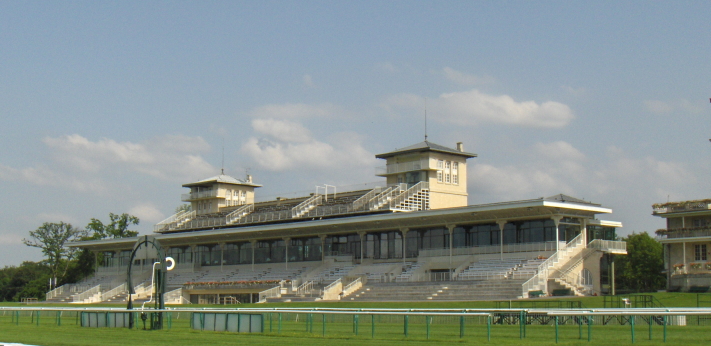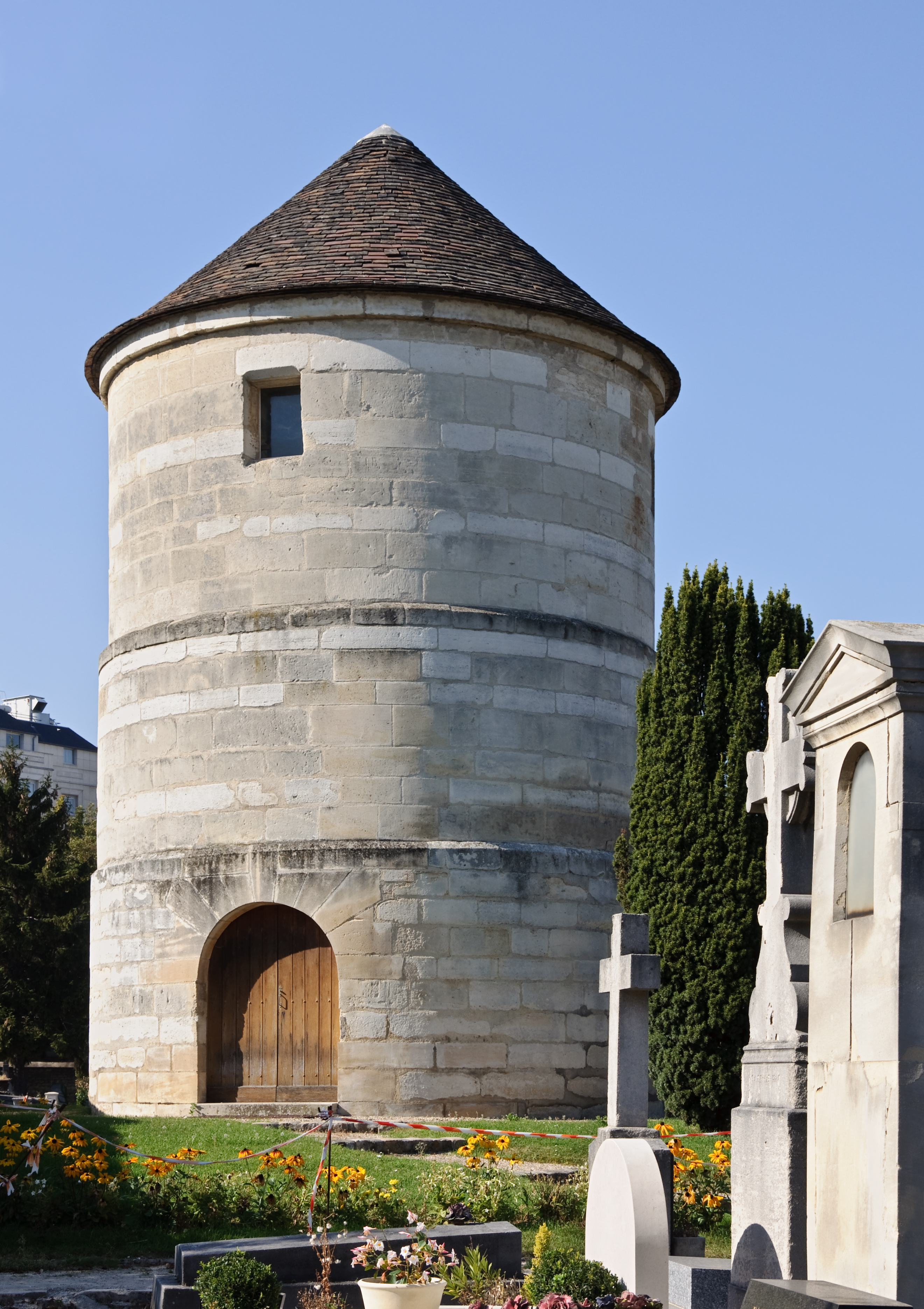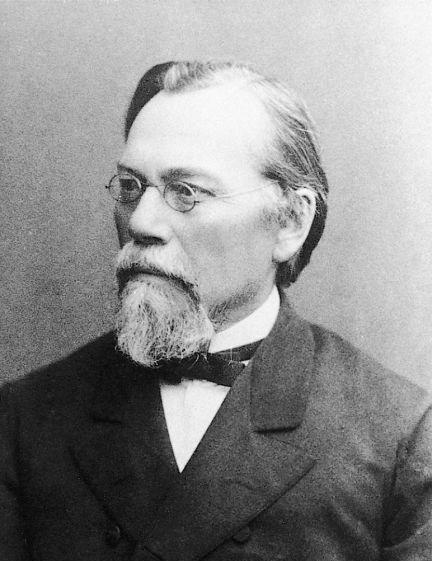|
Honoré Daumet
Pierre Jérôme Honoré Daumet (; 23 October 1826 – 12 December 1911) was a French architect. Biography A student at the Beaux-Arts de Paris under Guillaume-Abel Blouet, Guillaume Abel Blouet, Charles-Félix Saint-Père and Émile Gilbert, he won the Prix de Rome, Grand Prix de Rome for architecture in 1855. Daumet accompanied the Archeologist Léon Heuzey on an expedition to Macedonia in 1861. On his return he married the daughter of the architect Charles-Auguste Questel, Charles Questel. Daumet founded his own atelier which would produce nine further Grand Prix winners, Charles-Louis Girault chief among them, and attracted a number of foreign students such as Charles Follen McKim, Charles McKim and Austin W. Lord. In 1908, Daumet won the Royal Gold Medal of the Royal Institute of British Architects. He was a close friend of the sculptor Henri Chapu. Daumet died on 12 December 1911 at his home in the 6th arrondissement of Paris, and was buried in the 15th division of Montparn ... [...More Info...] [...Related Items...] OR: [Wikipedia] [Google] [Baidu] |
Montparnasse Cemetery
Montparnasse Cemetery () is a cemetery in the Montparnasse quarter of Paris, in the city's 14th arrondissement of Paris, 14th arrondissement. The cemetery is roughly 47 acres and is the second largest cemetery in Paris. The cemetery has over 35,000 graves, and approximately 1,000 people are buried there each year. The cemetery is the resting place for a variety of individuals including political figures, philosophers, artists, actors, and writers. Additionally, the cemetery contains a number of tombs commemorating those who died in the Franco-Prussian war during the Siege of Paris (1870–71), siege of Paris (1870–1871) and the Paris Commune (1871). History The cemetery was created at the beginning of the 19th century in the southern part of the city. At the same time there were cemeteries outside the city limits: Passy Cemetery to the west, Montmartre Cemetery to the north, and Père Lachaise Cemetery to the east. In the 16th century the intersecting roads of Vavin and Raspail ... [...More Info...] [...Related Items...] OR: [Wikipedia] [Google] [Baidu] |
Henri D'Orléans, Duke Of Aumale
Henri Eugène Philippe Louis d'Orléans, Duke of Aumale (16 January 1822 – 7 May 1897) was a leader of the Orleanists, a political faction in 19th-century France associated with constitutional monarchy. He was born in Paris, the fifth son of King Louis Philippe I, Louis-Philippe I of the French and Maria Amalia of Naples and Sicily and used the title Duke of Aumale. Aumale became an infantry officer and saw active service in the French conquest of Algeria and in 1847 was appointed as its List of French governors of Algeria, Governor-General. After the French Revolution of 1848, he went to live in England, where he pursued historical interests. The Franco-Prussian War enabled him to return to France, where he was elected to parliament and the Académie française. In 1872, he returned to the army as a Divisional General, and from 1879 to 1883 was inspector-general of the army. An important art collector, Aumale left his Château de Chantilly to the Institute of France, to dis ... [...More Info...] [...Related Items...] OR: [Wikipedia] [Google] [Baidu] |
École Des Beaux-Arts Alumni
École or Ecole may refer to: * an elementary school in the French educational stages normally followed by secondary education establishments (collège and lycée) * École (river), a tributary of the Seine flowing in région Île-de-France * École, Savoie, a French commune * École-Valentin, a French commune in the Doubs département * Grandes écoles, higher education establishments in France * The École The École, formerly Ecole Internationale de New York, is an intimate and independent French-American school, which cultivates an internationally minded community of students from 2 to 14 years old in New York City’s vibrant Flatiron Distric ..., a French-American bilingual school in New York City * Ecole Software, a Japanese video-games developer/publisher {{disambiguation, geo ... [...More Info...] [...Related Items...] OR: [Wikipedia] [Google] [Baidu] |
Prix De Rome For Architecture
Prix was an American power pop band formed in Memphis, Tennessee, in 1975 by Tommy Hoehn and Jon Tiven. The group ended up primarily as a studio project. Its recordings were produced by Tiven along with former Big Star member Chris Bell, who also played guitar and sang backup vocals. Prix is also famous for its use of banjo. Alex Chilton also participated in the recordings, along with session drummer Hilly Michaels. Although the group generated some major record label interest—notably from Mercury Records and Columbia/CBS Records—it ultimately only released a double A-side single on Ork Records in 1977 and a single on Miracle Records in 1978. Its only live performance came at a CBS Records showcase in 1976. In 1977, just as Ork Records released the first single and booked the group at CBGB, Prix broke up due both to Hoehn's unwillingness to remain in New York and to creative differences. In 1978, two of the songs recorded during the Prix sessions were included on ''Losin ... [...More Info...] [...Related Items...] OR: [Wikipedia] [Google] [Baidu] |
19th-century French Architects
The 19th century began on 1 January 1801 (represented by the Roman numerals MDCCCI), and ended on 31 December 1900 (MCM). It was the 9th century of the 2nd millennium. It was characterized by vast social upheaval. Slavery was abolished in much of Europe and the Americas. The First Industrial Revolution, though it began in the late 18th century, expanded beyond its British homeland for the first time during the 19th century, particularly remaking the economies and societies of the Low Countries, France, the Rhineland, Northern Italy, and the Northeastern United States. A few decades later, the Second Industrial Revolution led to ever more massive urbanization and much higher levels of productivity, profit, and prosperity, a pattern that continued into the 20th century. The Catholic Church, in response to the growing influence and power of modernism, secularism and materialism, formed the First Vatican Council in the late 19th century to deal with such problems and confirm ce ... [...More Info...] [...Related Items...] OR: [Wikipedia] [Google] [Baidu] |
1911 Deaths
Events January * January 1 – A decade after federation, the Northern Territory and the Australian Capital Territory are added to the Commonwealth of Australia. * January 3 ** 1911 Kebin earthquake: An earthquake of 7.7 Moment magnitude scale, moment magnitude strikes near Almaty in Russian Turkestan, killing 450 or more people. ** Siege of Sidney Street in London: Two Latvian people, Latvian anarchists die, after a seven-hour siege against a combined police and military force. Home Secretary Winston Churchill arrives to oversee events. * January 4 – Comparison of the Amundsen and Scott expeditions, Amundsen and Scott expeditions: Robert Falcon Scott's British Terra Nova Expedition, ''Terra Nova'' Expedition to the South Pole arrives in the Antarctic and establishes a base camp at Cape Evans on Ross Island. * January 5 – Egypt's Zamalek SC is founded as a general sports and Association football club by Belgian lawyer George Merzbach as Q ... [...More Info...] [...Related Items...] OR: [Wikipedia] [Google] [Baidu] |
1826 Births
Events January–March * January 15 – The French newspaper ''Le Figaro'' begins publication in Paris, initially as a satirical weekly. * January 17 – The Ballantyne printing business in Edinburgh (Scotland) crashes, ruining novelist Sir Walter Scott as a principal investor. He undertakes to repay his creditors from his writings. His publisher, Archibald Constable, also fails. * January 18 – In India, the Siege of Bharatpur ends in British victory as Lord Combermere and Michael Childers defeat the princely state of Bharatpur, now part of the Indian state of Rajasthan. * January 30 – The Menai Suspension Bridge, built by engineer Thomas Telford as the first major suspension bridge in world history, is opened between the island of Anglesey and the mainland of Wales. * February 6 – James Fenimore Cooper's novel ''The Last of the Mohicans'' is first printed, by a publisher in Philadelphia. * February 8 – Unitarian Bernardino Rivadavia becomes the first Pr ... [...More Info...] [...Related Items...] OR: [Wikipedia] [Google] [Baidu] |
Architects From Paris
An architect is a person who plans, designs, and oversees the construction of buildings. To practice architecture means to provide services in connection with the design of buildings and the space within the site surrounding the buildings that have human occupancy or use as their principal purpose. Etymologically, the term architect derives from the Latin , which derives from the Greek (''-'', chief + , builder), i.e., chief builder. The professional requirements for architects vary from location to location. An architect's decisions affect public safety, and thus the architect must undergo specialised training consisting of advanced education and a ''practicum'' (or internship) for practical experience to earn a license to practice architecture. Practical, technical, and academic requirements for becoming an architect vary by jurisdiction though the formal study of architecture in academic institutions has played a pivotal role in the development of the profession. Origins Th ... [...More Info...] [...Related Items...] OR: [Wikipedia] [Google] [Baidu] |
Palace Of Versailles
The Palace of Versailles ( ; ) is a former royal residence commissioned by King Louis XIV located in Versailles, Yvelines, Versailles, about west of Paris, in the Yvelines, Yvelines Department of Île-de-France, Île-de-France region in France. The palace is owned by the government of France and since 1995 has been managed, under the direction of the Ministry of Culture (France), French Ministry of Culture, by the Public Establishment of the Palace, Museum and National Estate of Versailles. About 15,000,000 people visit the palace, park, or gardens of Versailles every year, making it one of the most popular tourist attractions in the world. Louis XIII built a hunting lodge at Versailles in 1623. His successor, Louis XIV, expanded the château into a palace that went through several expansions in phases from 1661 to 1715. It was a favourite residence for both kings, and in 1682, Louis XIV moved the seat of his court and government to Versailles, making the palace the ''de fact ... [...More Info...] [...Related Items...] OR: [Wikipedia] [Google] [Baidu] |






